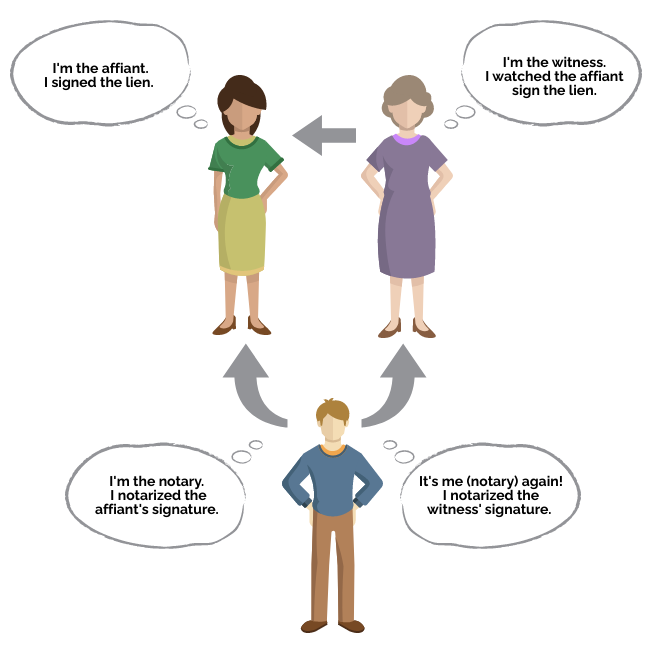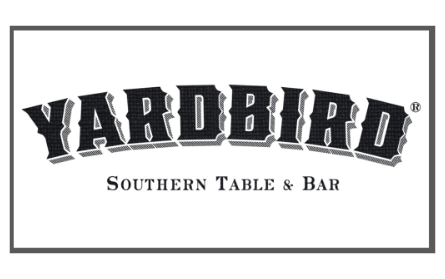
Selling Equipment? Read Our Best Practices for Equipment UCC Filings
Purchase Money Security Interest (PMSI) Filings were created to encourage trade creditors to sell goods on credit terms, specifically in situations when creditors may not be comfortable extending the requested credit lines. There are two primary PMSI filing types: inventory and equipment.
Under Article 9 of the Uniform Commercial Code (UCC), “equipment” means goods other than inventory, farm products, or consumer goods. The equipment is used in the course of the debtor’s business – it is not stocked. [see 9-102(33)]
UCC Filings Provide Immense Benefits for Creditors
- UCCs establish priority in the equipment for the creditor and provide the creditor an opportunity to repossess the equipment upon debtor’s default.
- If the debtor defaults, the creditor can declare it in default and begin repossession proceedings.
- UCCs create a public record of ownership of the assets in lease situations.
- If the debtor files bankruptcy, the bankruptcy trustee will search for UCC filings to determine which assets belong to whom.
- If the debtor defaults, other secured lenders will know not to foreclose on the equipment.
- The security interest attaches to the equipment, therefore, if the debtor were to sell the equipment without paying for it in full, the creditor will maintain priority right to the equipment.
Considerations when Filing a UCC on Equipment
Sale or Lease
- If the debtor purchases the equipment with the intention of taking title once the equipment has been paid in full, or if the debtor can purchase the equipment for something other than fair market value, the transaction is likely a sale.
- If the debtor will never take title to the equipment, or can purchase the equipment for fair market value, it is likely a lease.
Two Steps to Perfect a Security Interest
There are two steps to perfect a security interest in equipment:
- The debtor must sign a security agreement, granting an interest in the equipment.
- A Financing Statement must be filed on the debtor, in the correct jurisdiction, and properly identify the equipment as collateral.
Priority
To establish priority in the equipment, the UCC needs to be filed within 20 days of the debtor’s receipt of the equipment.
Collateral Description
The collateral description for an equipment filing will frequently describe the equipment “as further described in Attachment A.” The attachment is typically an invoice or purchase order that lists the make, model, or serial number of the equipment being secured.
- Ensure the attachment is attached to and filed with the UCC Financing Statement.
- There have been recent cases when courts have ruled the collateral description does not sufficiently describe the collateral, when the creditor fails to include the attachment. If the collateral description is insufficient, the security interest is unperfected, leaving the creditor unsecured.
Debtor Name
In compliance with § 9-503, if your customer is a registered entity, your customer’s name must appear on the UCC exactly as it appears in the public organic record (frequently Articles of Incorporation).
If your customer is an individual, first determine whether the state has implemented Alternative A or Alternative B:
- Alternative A: if the debtor holds an unexpired driver’s license, the Financing Statement must list the debtor’s name as it appears on the unexpired driver’s license. (If the debtor does not have a driver’s license, the Financing Statement should list the “individual name” of the debtor or the debtor’s surname and first personal name.)
- Alternative B: the debtor’s driver’s license name, the debtor’s actual name or the debtor’s surname and first personal name may be used on the Financing Statement.
Most states implemented Alternative A, which means your customer’s name must appear on the UCC exactly as it appears on the unexpired driver’s license.
Multiple Pieces of Equipment
Multiple pieces of equipment can be secured with one UCC. However, there are some additional considerations.
- Are all pieces of equipment under one purchase order and going to be paid off at the same time? If so, then all pieces can be covered under one filing.
- Can identify all equipment within the collateral description.
- Debtor will likely prefer a single UCC covering all equipment versus a UCC for each piece of equipment.
- Are pieces of equipment being sold to the same debtor, but over time and with varying payment dates? This situation is not well suited for a single UCC. A UCC should be filed for each piece of equipment.
UCCs May Need to Be Terminated
UCC filings are in place for 5 years. Often, equipment sales are financed for less than 5 years, which means the UCCs may need to be terminated.
For example, if the financing is 54 months, and the debtor pays it off, the filing will be in place for 6 more months. The debtor may not know (or care) the UCC is still in effect, and you could leave the UCC in place until it lapses. However, if the financing is 12 months, the UCC would remain in effect for 4 more years and it is likely your debtor will want the UCC terminated.
- You must terminate the UCC if the equipment is paid in full and the debtor requests the termination.
- If the financing terms are longer than 5 years, you will need to file a continuation to extend the UCC for another 5 years. The debtor does not need to sign anything for a continuation.







